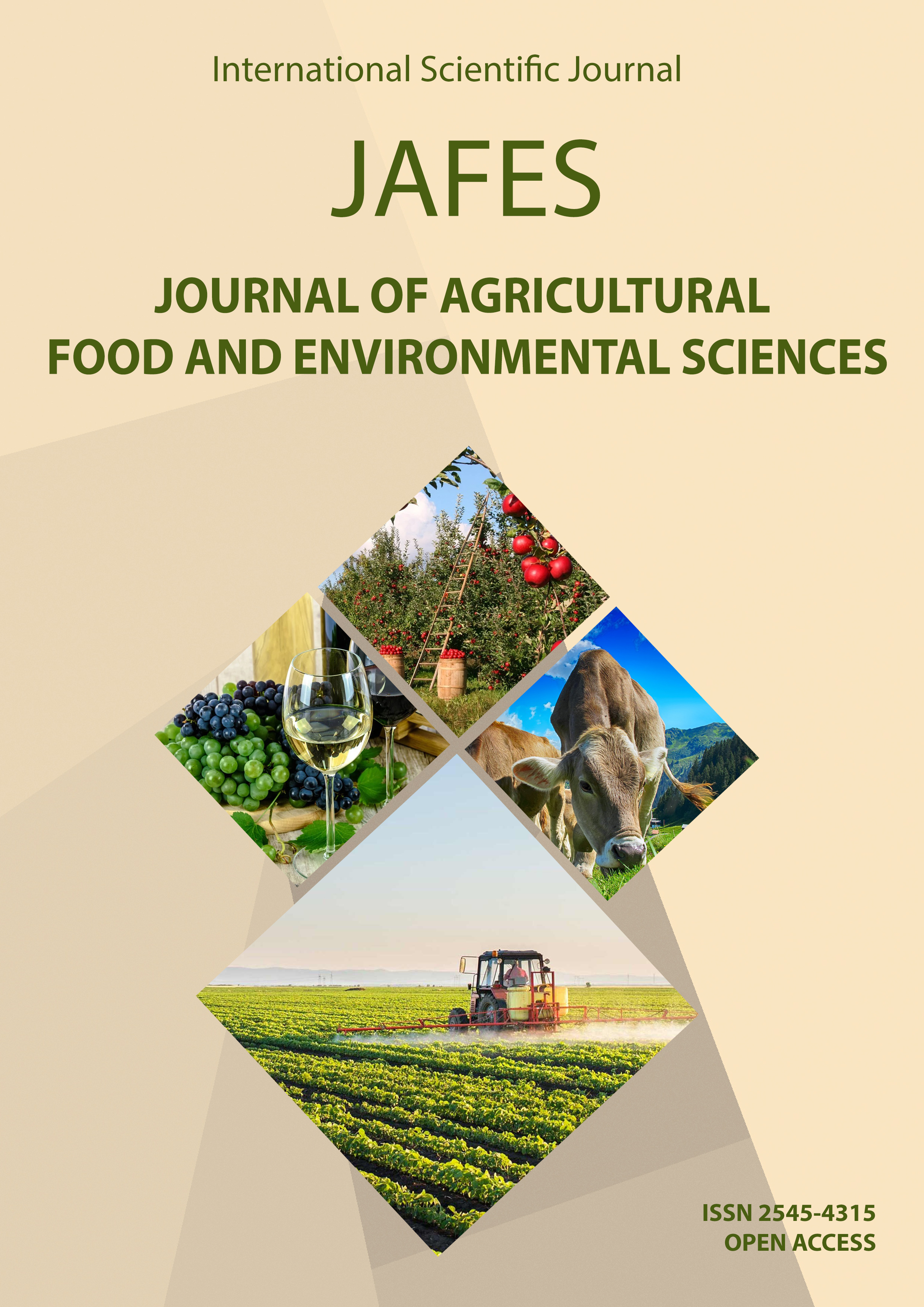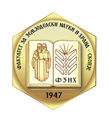QUANTIFICATION OF CAROTENOIDS IN SOME VARIETIES OF RED PEPPERS (CAPSICUM ANNUM L.) AND THEIR PROCESSED PRODUCTS
Keywords:
carotenoids composition, HPLC method, red pepper varieties.Abstract
The red pepper (Capsicum annuum L.) is one of the most essential vegetable crops due to multiple ways it can be processed, as well as for the content of the nutritional phytochemicals, such as carotenoids, which are important for human health. Carotenoids are responsible for the pepper’s colour, as natural antioxidants. They are present in relatively high amounts in the ripe fruit and they play a positive role to ensure the colour stability of the final product.This research examined the carotenoids composition of the red pepper varieties: kurtovska kapija, palanechko chudo and horgosh. For each of the varieties, the following preservation technologies have been applied: pasteurization, freezing, and drying. The extraction method of carotenoids was performed by using methanol-dichloroethan and anhydrous Na2SO4. The changes in the carotenoid pigments of examined varieties during processing have been investigated quantitatively by usage of HPLC technique. The HPLC method was performed on stationary phase Nucleosil 100-3 C18, 250 x 4,6 mm, with a flow rate: 0,7 mL/min, and the gradient program with following eluents: methanol, distilled water and a mixture of isopropanol, acetonitrile and methanol. Carotenoids have been detected between 200 and 700 nm. In all of the analyzed samples, 47 peaks of carotenoids were detected, of which 5 were unknown, one was mixed, and 41 carotenoids were identified. The red pepper variety horgosh was found to contain the highest content of total carotenoids in fresh pepper fruits (690,15 µg/g), frozen pepper (587,88 µg/g), pasteurized pepper (575,76 µg/g) and dried pepper (493,94 µg/g).



